Eating real, whole food creates a lot of food scraps in your kitchen. During my composting journey to keep food waste out of my trash can and local landfill, I wondered if I could put some of the food scraps directly onto my garden soil. Below, I’ve listed some of the most common food scraps that you can throw directly onto the soil.
Almost any natural fruit skin or leafy vegetable scraps can be tossed onto your topsoil. They will eventually break down and do all the good stuff composting does. The benefit of composting in a pile or bin is that you would have ready access to the rich soil for amending garden beds or filling a new planter box. If you want to throw ALL of your food scraps into your soil, it’s better to bury them in order to keep rodents and other animals away. Trench composting would be an example of how to do this. More information on trench composting is near the end of this article.
For the sake of giving you concrete examples, though, there are a few kitchen food scraps that are easy to toss around your garden plants without burying them. The most commonly used foods scraps that can be put directly onto your garden soil are: used coffee grounds, banana peels, orange or citrus peels, crushed eggshells, and nutshells. It is IDEAL, though, to rake them into the topsoil. Keep reading for more information.
Used coffee grounds
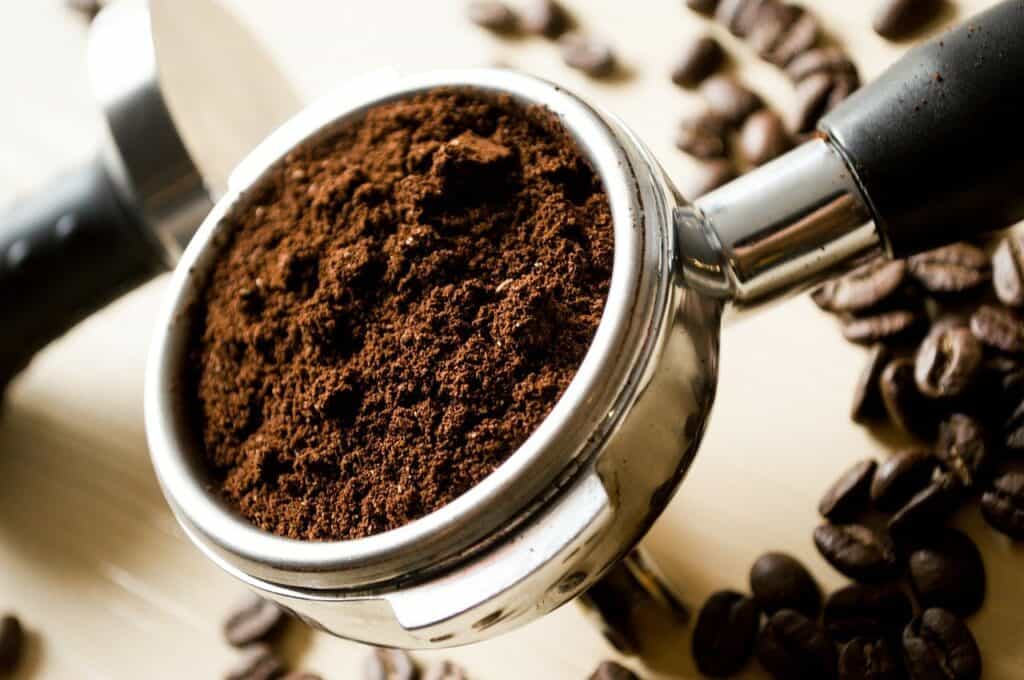
- According to the EPA blog article titled, Climate for Action: New Uses for Used Coffee Grounds, recycling used coffee grounds in the garden is a good altertive to throwing them into the trash. Coffee grounds contain nitrogen and are acidic. Therefore they are best used around acid-loving plants like roses, blueberries, and azaleas. The article also states that used coffee grounds help to feed the worms as well as keeping insects away. They say that the strong odor of the used coffee grounds is a repellant for insects like ants, slugs, and snails.
- Additional resource article by The Spruce: How to Use Coffee Grounds in Your Garden.
Banana Peels
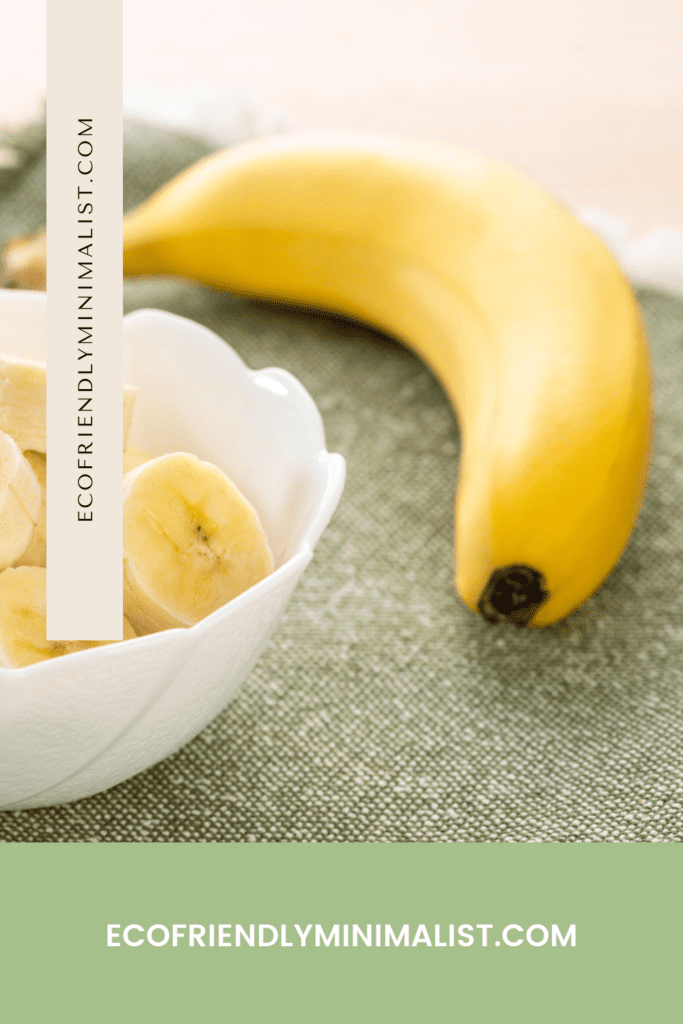
- If you eat bananas then you know how abundant those leftover peels can become. Yes, you can toss them into your compost bin, but you can also mix them into the soil around your plants. I tried this recently, and I was shocked at how quickly (within a week) the banana peel disintegrated, becoming what appeared to be a thin, dried out leaf.
- According to an SFGate article titled, Banana Peels and Orange Peels in the Garden, orange and banana peels also act as a natural insecticide.
- Additional resource article by Plant Care Today: Banana Peels in the Garden – (12 How To Ideas and Uses)
Citrus Peels – Oranges, Lemons, etc.
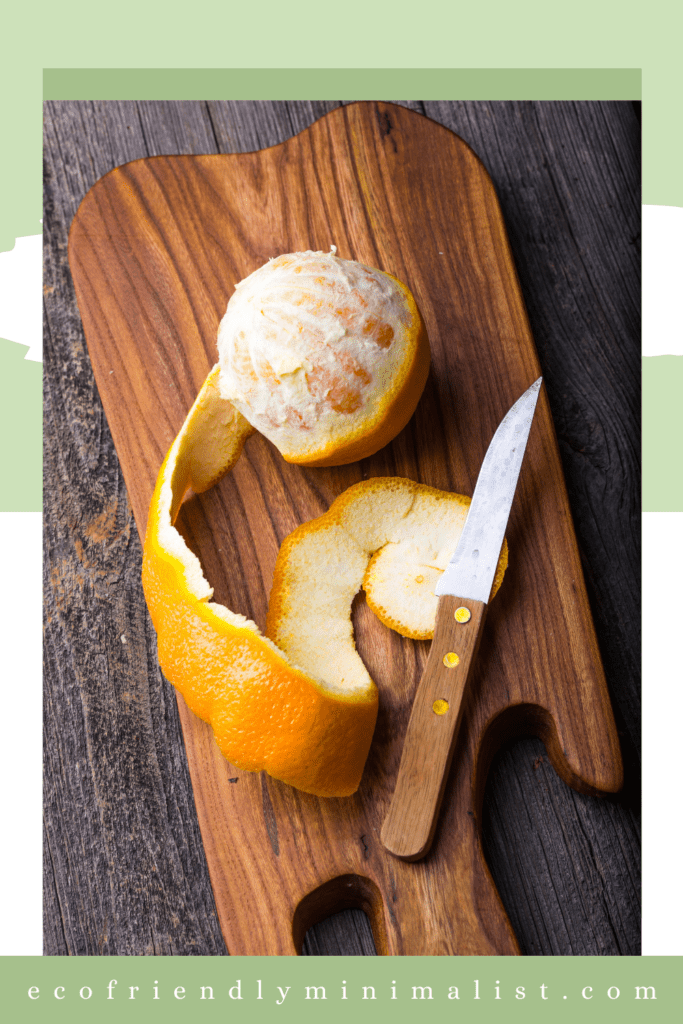
- Tossing volumes of orange and lemon peels into the trash just feels wrong. Tossing them into the compost bin or directly onto your garden is a great option.
- I have a lemon tree that produces hundreds of lemons every year and I’ve noticed that when lemons fall off of the tree and rot, they DO NOT cause any kind of problem, such as attracting rodents.
- Read: 5 Easy Ways To Reuse Food Scraps (And Keep Them Out Of The Landfill) for other ideas on how to use natural food scraps.
Egg Shells
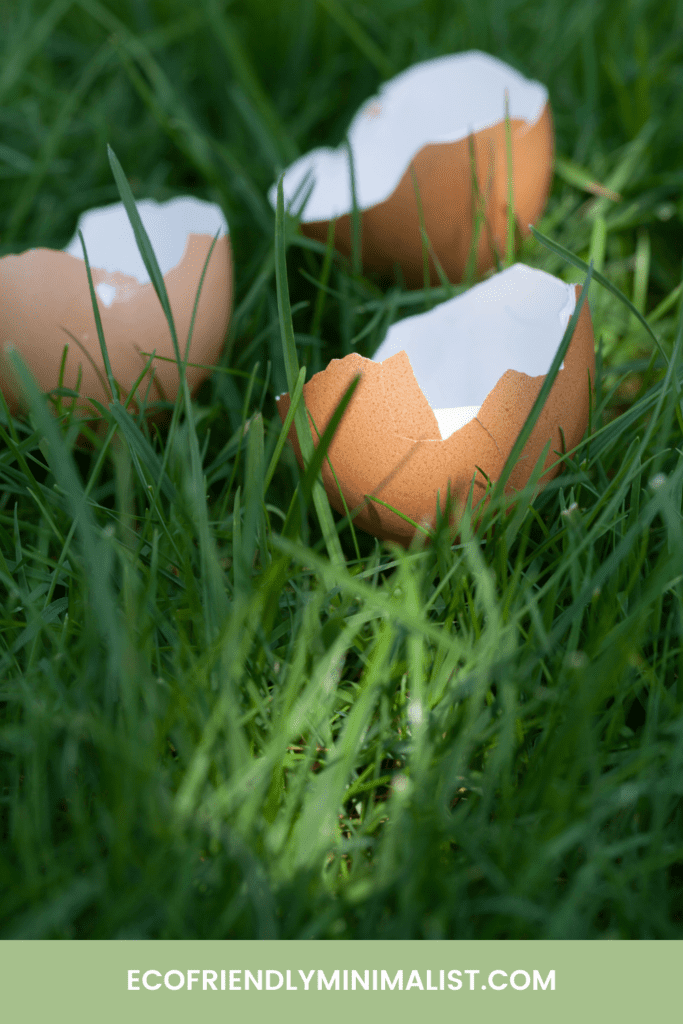
- Egg shells can be used in the garden, but with one caveat: “the trick is to grind up the eggshells” says Christopher Enroth, Horticulture Extension Educator at the University of Illinois Urbana Champaign. He also states that the egg shell’s ingredient, calcium carbonate, is good for spreading around, tossing into tomato holes, and, of course, adding to your compost. Enroth says that if you don’t grind the eggshells into a powder, then crushed eggshells will take about a year to break down and benefit the plants.
- Additional resource article: Plantcaretoday.com – How To Use Eggshells in The Garden: 7 Ways! –
Nut Shells

It’s easy to toss used unsalted nutshells onto the topsoil in your garden. Hard shells like on pistaschio nuts will take a lot longer to disintegrate. Peanuts shells would be much faster, blending into the soil quickly. Alternatively, you can mix them up with other mulches.
Trench Composting
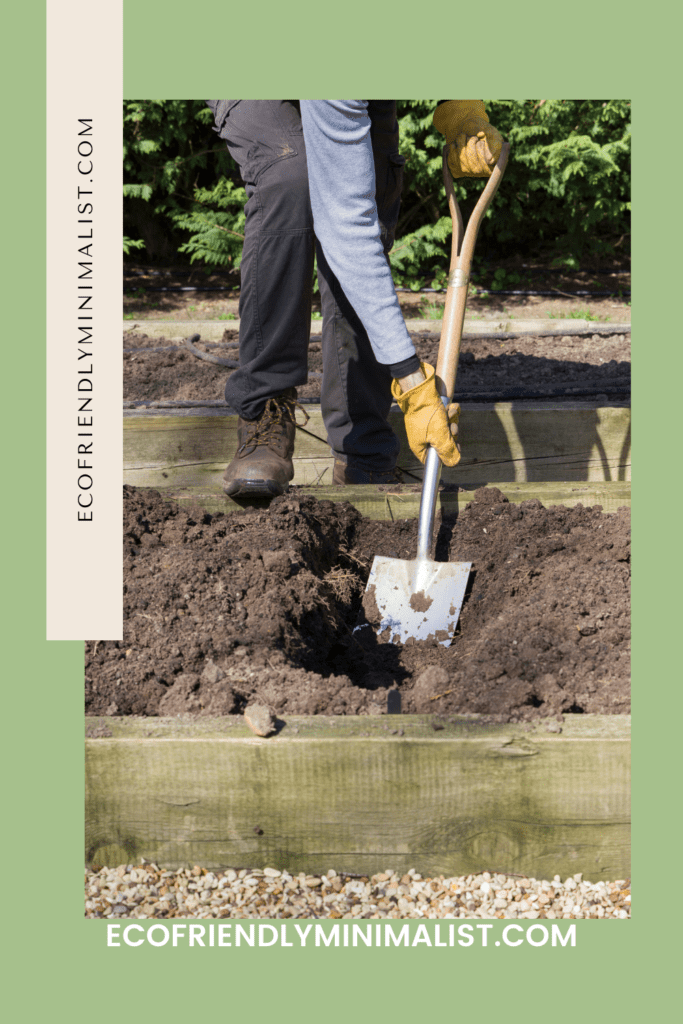
What is trench composting? In the most basic of terms, trench composting is digging a trench in your yard, filling it with organic material, and then covering it up with dirt. Basically, trench composting is burying your food scraps.
The best way to do this is to find a suitable place in your yard that is located in a place that will be easy to access and manage.
According to Instructables.com, the easiest way to do trench composting is as follows:
- Choose a location
- Dig a hole 10 to 20 inches deep, Saving the dirt
- Add a layer of dried leaves or other dried organic material
- Add food scraps
- Cover with saved dirt
Reference sources: Trench Compost by Instructables.com
For more information on Direct Composting, read this article: How To Compost food scraps Directly into your Yard by Julie R. Thomson 07/20/2016.
